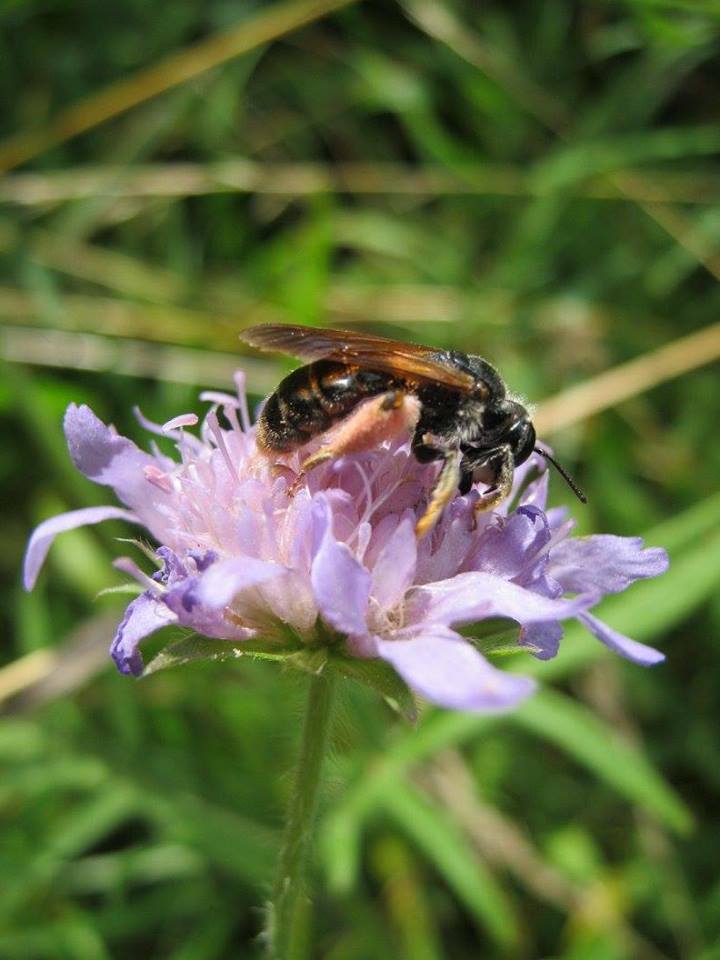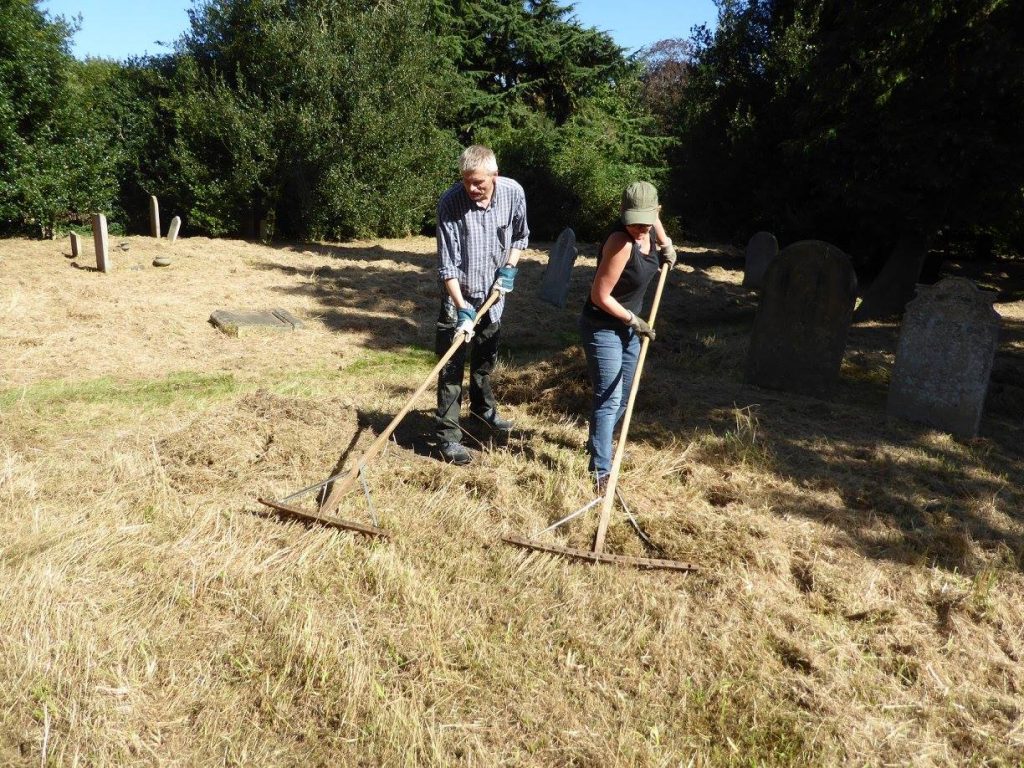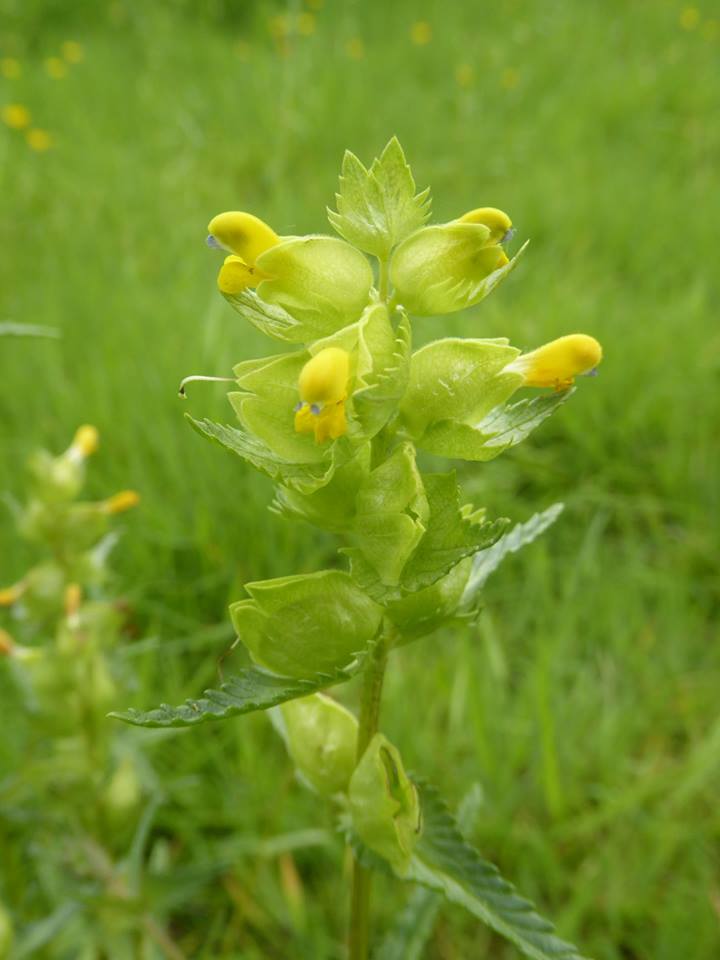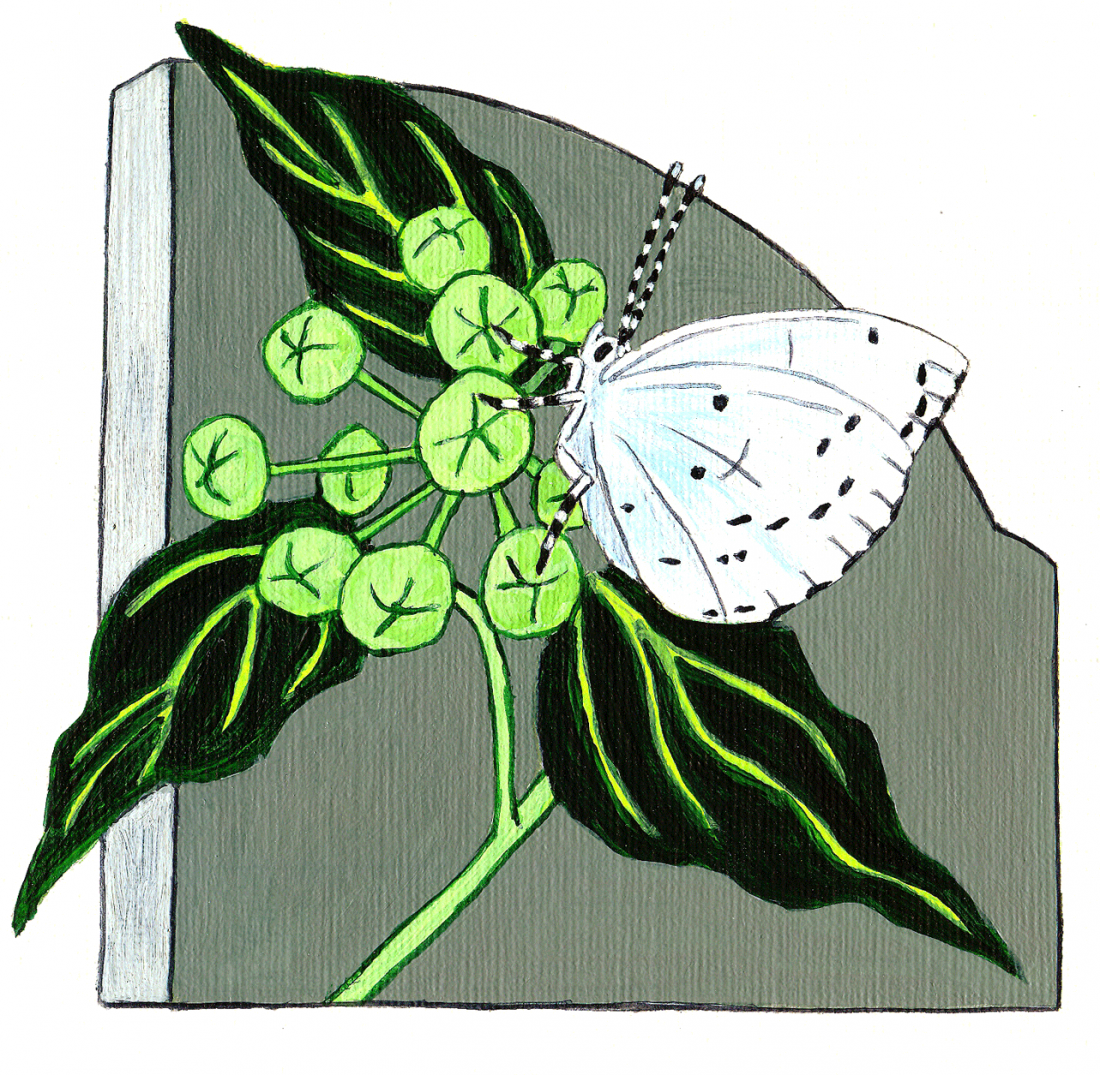Earlham Cemetery – a haven for wildlife
Although Earlham Cemetery is a working cemetery, it is also a beautiful green space in the heart of Norwich and a haven for wildlife. In recognition of this, the Cemetery east of Farrow Road has been designated as a County Wildife Site.

Plants
The many fine specimen trees in Earlham Cemetery include Western Red Cedar, Weeping Beech, Black Poplar, Tulip Tree, Ginkgo, Holm Oak, Persian Ironwood, Tree Of Heaven, Yew, limes, cherries and whitebeams.
Areas of longer grass and brambles have been left in places and plants such as Lesser Knapweed (Centaurea nigra), Sorrel (Rumex acetosa), Primroses (Primula vulgaris), Cowslips (Primula veris) and Meadow Saxifrage (Saxifraga granulata) can be found, along with swathes of Cow Parsley (Anthriscus sylvestris) in the spring, followed by Hogweed (Heracleum sphondylium) in the summer.

Read more about plants in Earlham Cemetery…
Fungi
There are good numbers of Fungi, associated with the grassland and the numerous trees.
Read more about fungi in Earlham Cemetery…
Animals
Earlham Cemetery is home to quite a variety of birds, including Jays, Goldcrests, Sparrowhawks, Blackbirds, Tits, Green and Great Spotted Woodpeckers. Chiffchaffs and Blackcaps can be heard in the spring.
The mix of grassland and trees is home to many insects including moths, butterflies such as the Speckled Wood, Brown Argus, Common Blue, Ringlet and Orange Tip, beetles, true bugs (Hemiptera), bees (including the rare Large Scabious Mining Bee Andrena hattorfiana) and hoverflies.
Mammals include Muntjac deer, Hedgehogs, Grey Squirrels and Foxes.
Read more about animals in Earlham Cemetery…
Habitat Management

With Norfolk Wildlife Trust we have produced a Management Plan for the Cemetery. The Plan was adopted by Norwich City Council in April 2016 and the most important areas of grassland in the Cemetery are now being managed for wildlife.
Management mainly involves letting the grass grow longer during the spring and summer months. The grass is then cut in late summer (ideally mid August) and Friends of Earlham Cemetery work with volunteers from The Conservation Volunteers (TCV) to rake up the cut hay. This is then removed off site by Norwich Norse. Removing the cut grass reduces the fertility of the grassland and encourages the growth of wild flowers.
Outside these areas we are marking some key plants in the Cemetery with bamboo hoops, to stop them from being cut before flowering.
In autumn 2019 we planted out Field Scabious, Wild Clary and Bird’s-foot Trefoil plants in a couple of areas in Earlham Cemetery, followed by more Field Scabious in autumn 2020.
Yellow Rattle
We are trialling areas of Yellow Rattle in several small areas in Earlham Cemetery. Seed has been purchased and sown by Friends of Earlham Cemetery.

Yellow Rattle (Rhinanthus minor) is an annual, native British wildflower. It has attractive yellow flowers from May onwards, followed by a seed capsule which rattles with the brown seeds inside, giving the plant its English name. Seed is set in July, so by early August the plant has completed its lifecycle and dies. New plants arise from seed in the following spring and the cycle is repeated.
Yellow Rattle is a hemi-parasite. It has green leaves and makes its own food but, importantly, also attaches to grasses underground and takes food from them. This results in a much shorter and more open sward, meaning that the grassland looks tidier , contains more wildflowers and needs cutting less often, which saves money.
Yellow Rattle grows in old hay meadows but has also been introduced into recreational grassland to provide colour and control the vigour of grasses.
Yellow Rattle was present in Earlham Cemetery until the mid 1990s but disappeared because the grass was cut short before the plant managed to set seed.
Wildlife found in Earlham Cemetery
Wildlife Recording
Please let us know your wildlife sightings in Earlham Cemetery, by e-mail.

